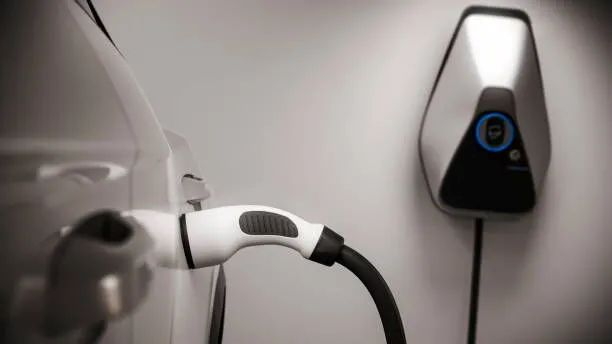


Is It Cheaper to Charge an EV at Home or in Public?
Introduction
Topper Company, a professional EV charger manufacturer in China, provides reliable electric vehicle charging stations and comprehensive total solutions.
As electric vehicles (EVs) rapidly grow in popularity, many drivers ask a simple but crucial question: Where should I charge my EV—and which option saves the most money? From home setups to public stations, EV owners have several ways to keep their vehicles powered. However, charging costs can vary widely depending on location and method.
This article breaks down main charging options, reviews U.S. electricity rates, and compares home versus public charging costs to help you make the most economical choice.
EV Charging Options: A Quick Overview
Standard Wall Plug (Trickle Charging)
The slowest and simplest method uses a standard three-pin household outlet. It requires no special installation but delivers low current, so a full charge can take all night or longer. It’s practical only for occasional use or emergencies, as typical outlets aren’t designed for extended high-current loads.
Dedicated Home Charging Station (Wall Box Charger)
Level 2 home chargers use a higher voltage (usually 240V), significantly cutting charging time compared to standard plugs. Installation costs vary, but many areas offer rebates or tax credits to offset expenses. Once installed, these chargers provide convenient, reliable, and cost-effective home charging.
Public Charging Stations
Found in parking garages, shopping centers, workplaces, and highways, public chargers come in two types:
Level 2 Chargers — Slower but more widespread and affordable.
Level 3 DC Fast Chargers — High-powered stations designed to charge an EV battery to 80% in under an hour.
While public stations add convenience, their per-kWh cost is often higher than home charging.
U.S. Home Electricity Rates and Charging Costs
As of early 2025, the average U.S. residential electricity rate is about $0.16 per kWh but varies by state:
Hawaii: ~$0.41/kWh (highest)
California & Connecticut: ~$0.31/kWh
Washington: ~$0.11/kWh (lowest)
For a typical 40 kWh battery EV:
Charging at the national average costs about $6.40 from empty to full.
In Washington, this falls to $4.40; in Hawaii, it rises to $16.40.
Larger EVs with 100 kWh batteries see costs scale similarly.
Cost per Mile & Annual Charging Expenses
EVs generally deliver 3 to 4 miles per kWh, so:
Average cost per mile: Around $0.05, lower in states with cheaper electricity and off-peak rates.
Annual charging cost: With average U.S. driving (~13,489 miles/year), expect $506 to $720 for home charging—far less than the $1,600 to $2,100 spent on gasoline vehicles.
Public Charging Costs
Level 2 Public Chargers: Typically $1–$5 per hour; charging 40 kWh costs $8–$10.
DC Fast Chargers: Cost $0.40–$0.60 per kWh, so a full charge might be $16–$24. Some charge by time instead of energy used.
Annual costs relying only on public chargers:
Level 2: $770 to $963 (up to 80% more than home charging)
DC Fast Charging: $1,540 to $2,300, sometimes matching or exceeding gasoline costs.
Tips to Maximize Savings
Install a Level 2 Home Charger — Most cost-effective, especially with incentives.
Use Time-of-Use (TOU) Rates — Charge during off-peak hours for discounted electricity.
Be Smart on the Road — Prefer Level 2 public chargers when possible and limit use of costly DC fast chargers.
Track Your Usage — Use apps or vehicle software to monitor charging habits and costs.
Conclusion: Home Charging Reigns Supreme
Though public chargers are vital for travel and convenience, home charging is the most economical choice for everyday EV drivers. With lower rates, incentives, and off-peak savings, charging at home can slash annual transportation costs significantly compared to gasoline or public charging.
By investing in home charging and optimizing usage, EV owners can enjoy clean, affordable driving without breaking the bank. Understanding your options is key to maximizing value and minimizing cost in the electric future.Know more about Google SEO Directory
